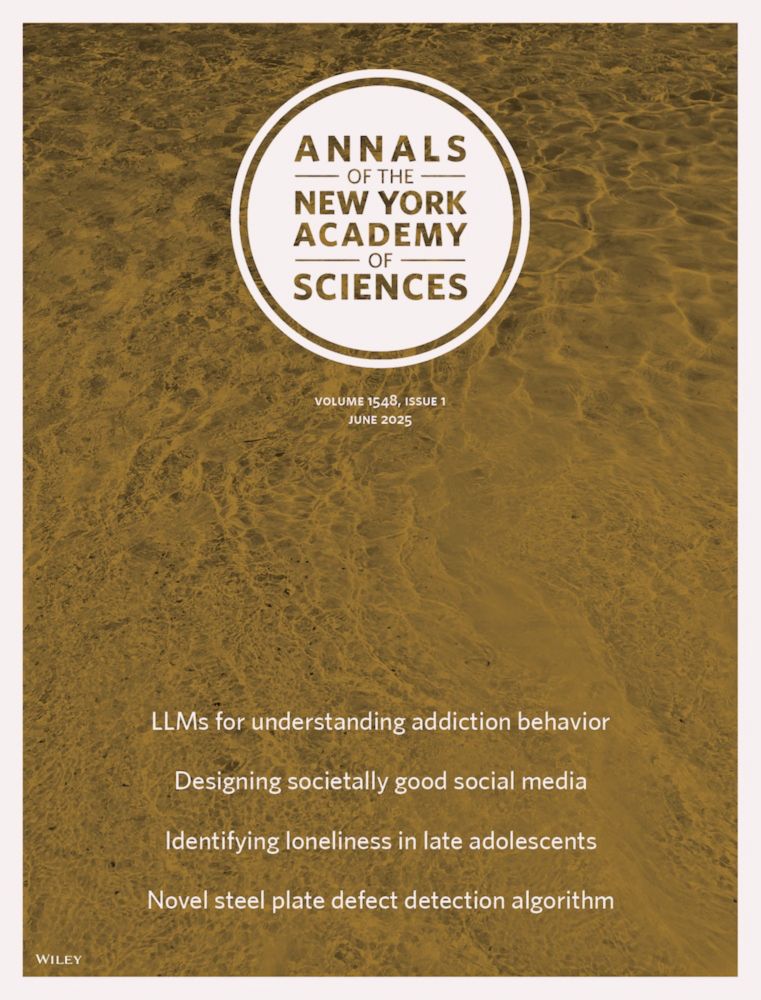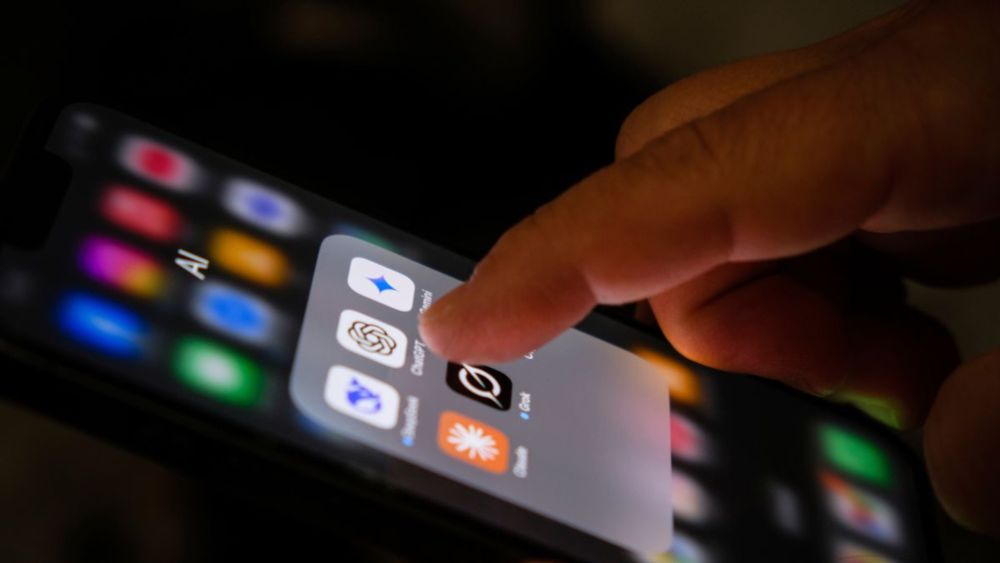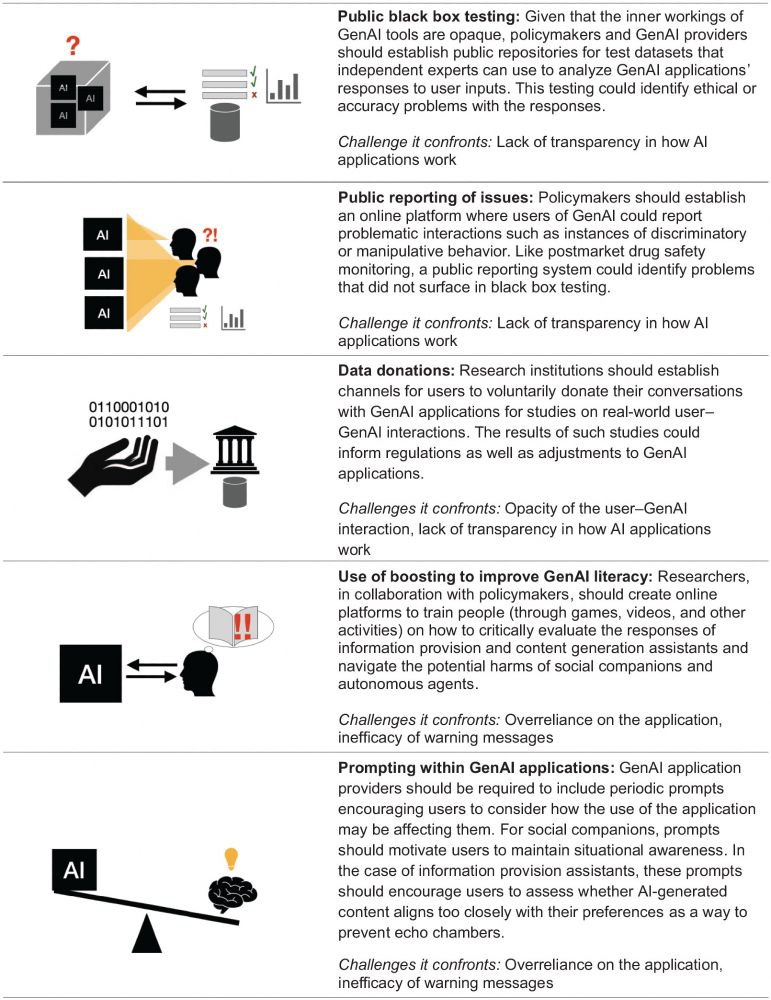Christoph Abels
@cabels18.bsky.social
68 followers
77 following
41 posts
Post-Doctoral Fellow @unipotsdam.bsky.social, visiting @arc-mpib.bsky.social | PhD @hertieschool.bsky.social | Democracy, Technology, Behavioral Public Policy | Website: https://christophabels.com
Posts
Media
Videos
Starter Packs
Christoph Abels
@cabels18.bsky.social
· Jul 28
Christoph Abels
@cabels18.bsky.social
· Jul 28
Christoph Abels
@cabels18.bsky.social
· Jul 28
Christoph Abels
@cabels18.bsky.social
· Jul 28
Christoph Abels
@cabels18.bsky.social
· Jul 28
Christoph Abels
@cabels18.bsky.social
· Jul 28
Ezequiel Lopez-Lopez
@eloplop.bsky.social
· Jul 28

NYAS Publications
Generative artificial intelligence (GenAI) applications, such as ChatGPT, are transforming how individuals access health information, offering conversational and highly personalized interactions. Whi...
nyaspubs.onlinelibrary.wiley.com
Reposted by Christoph Abels
Ezequiel Lopez-Lopez
@eloplop.bsky.social
· Jul 28

NYAS Publications
Generative artificial intelligence (GenAI) applications, such as ChatGPT, are transforming how individuals access health information, offering conversational and highly personalized interactions. Whi...
nyaspubs.onlinelibrary.wiley.com
Christoph Abels
@cabels18.bsky.social
· Jul 7
Christoph Abels
@cabels18.bsky.social
· Jul 7
Christoph Abels
@cabels18.bsky.social
· Jul 7
Christoph Abels
@cabels18.bsky.social
· Jul 7
Christoph Abels
@cabels18.bsky.social
· Jul 7
Christoph Abels
@cabels18.bsky.social
· Jul 7
Christoph Abels
@cabels18.bsky.social
· Jul 7
Christoph Abels
@cabels18.bsky.social
· Jul 7
Christoph Abels
@cabels18.bsky.social
· Jul 7
Christoph Abels
@cabels18.bsky.social
· Jul 7
Christoph Abels
@cabels18.bsky.social
· Jul 7



